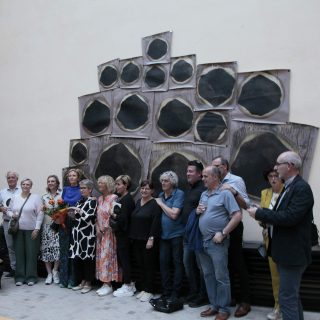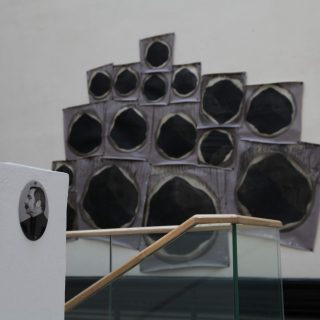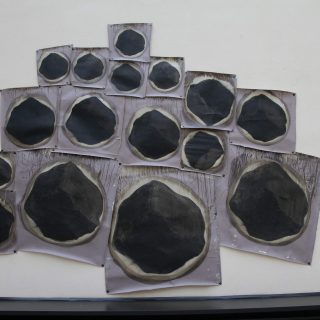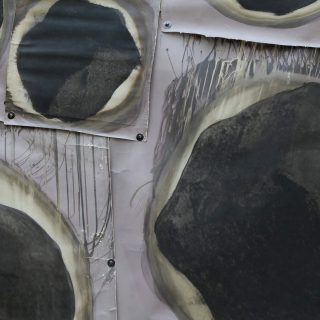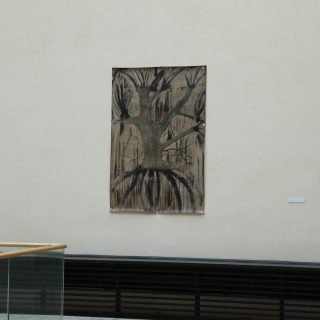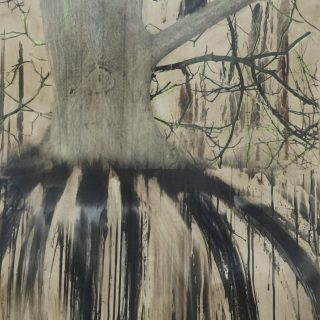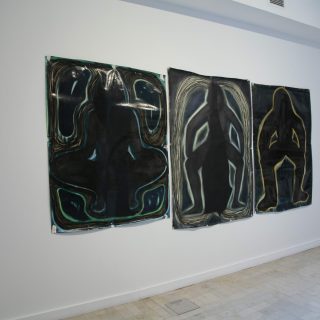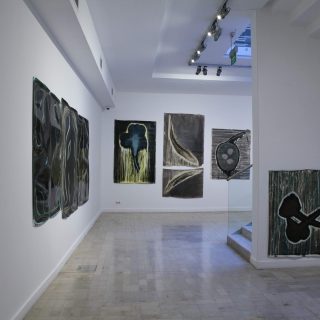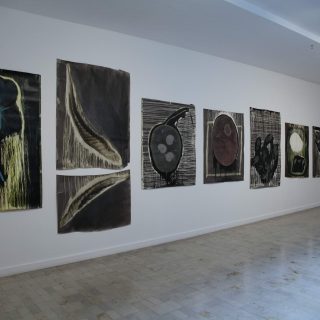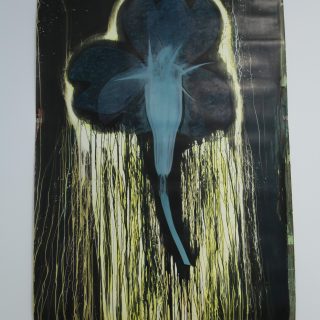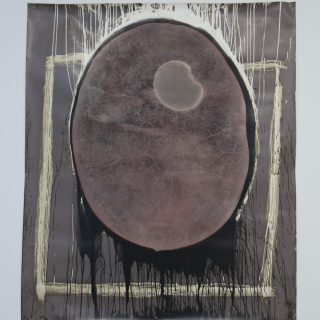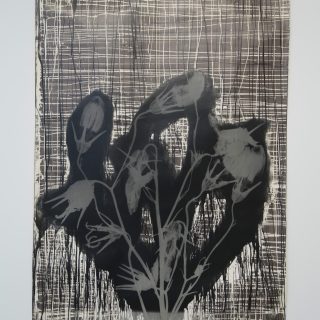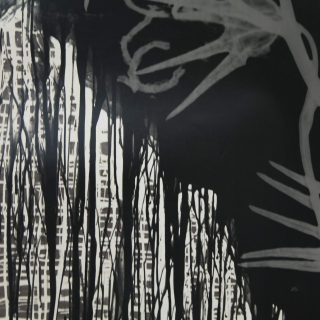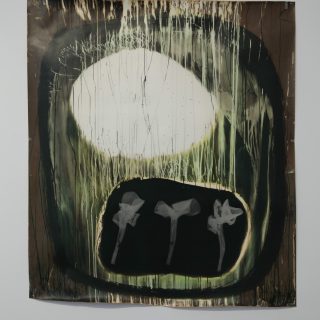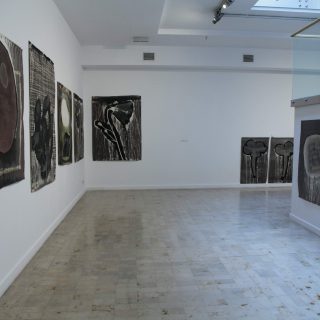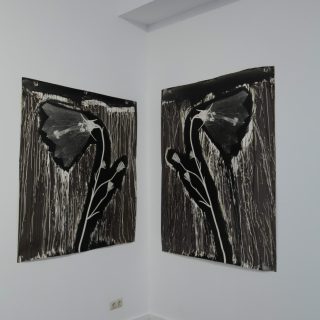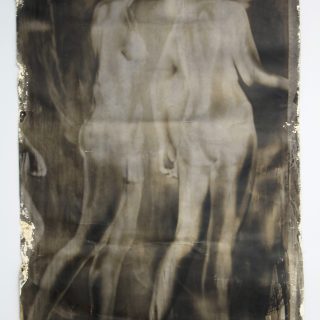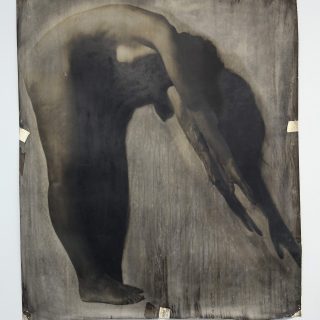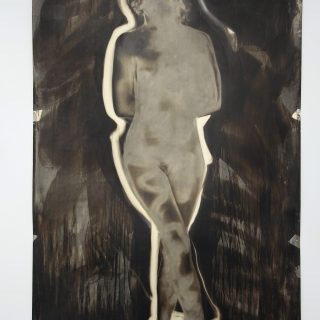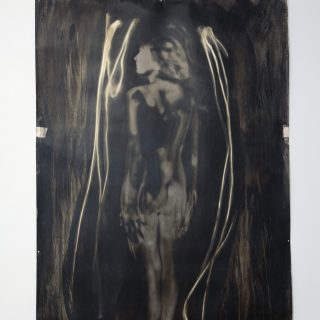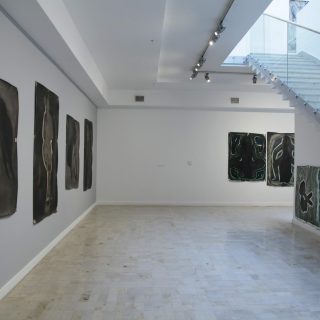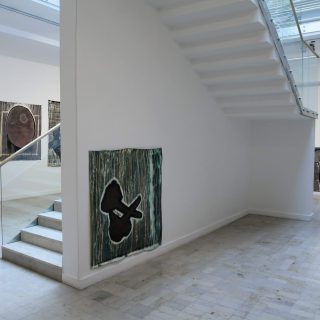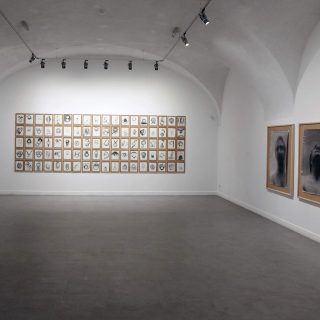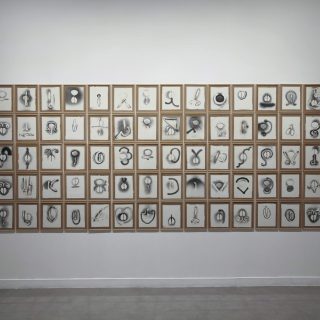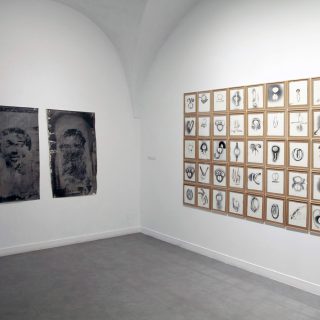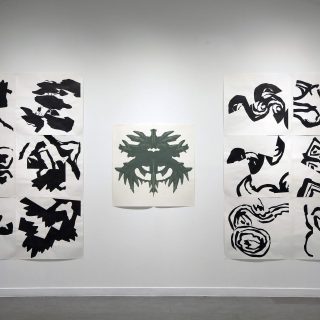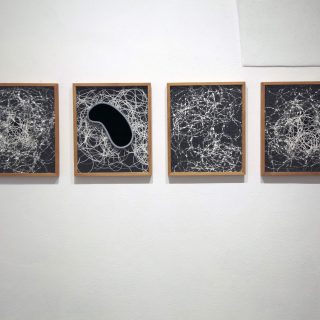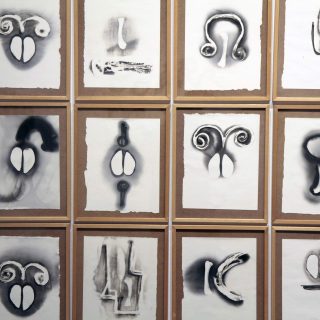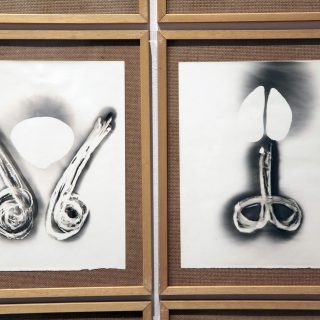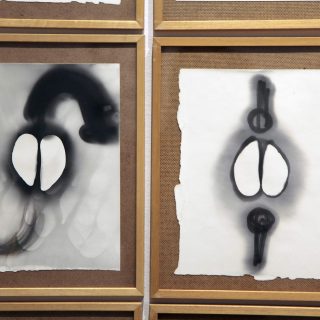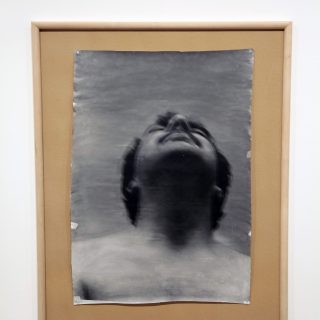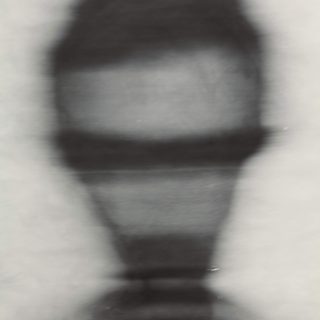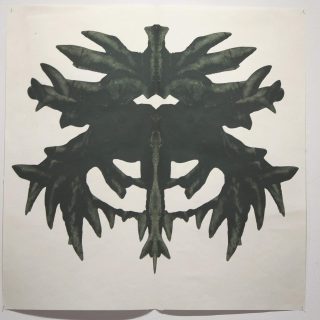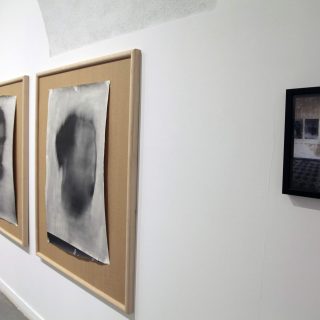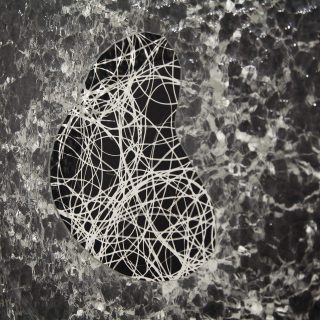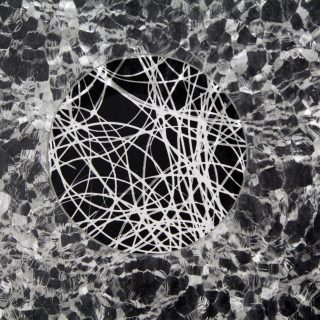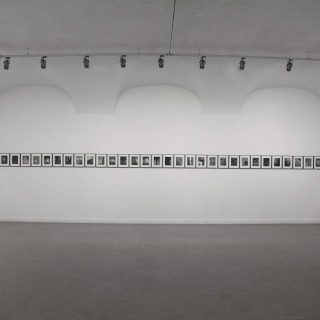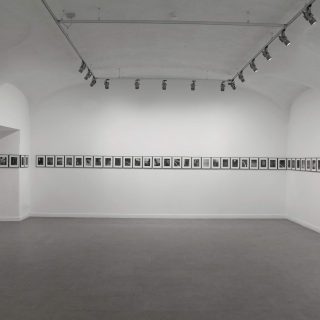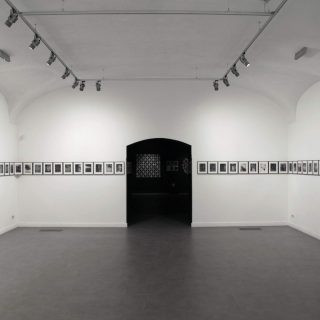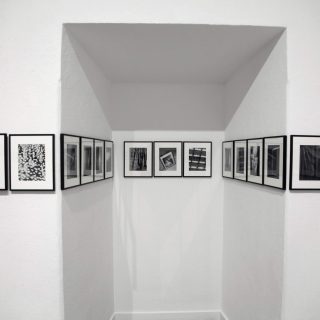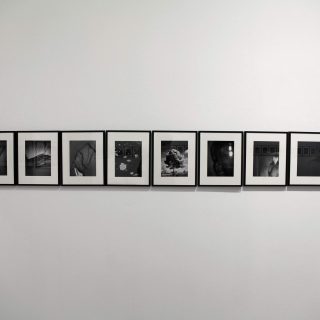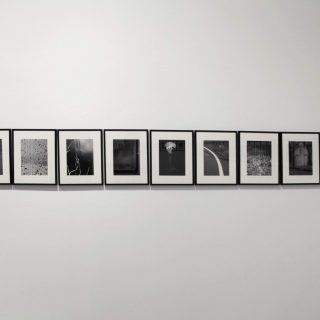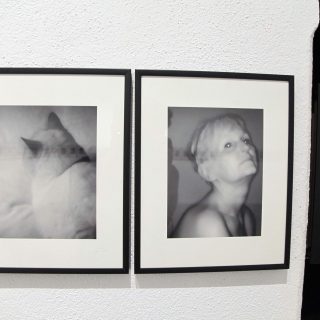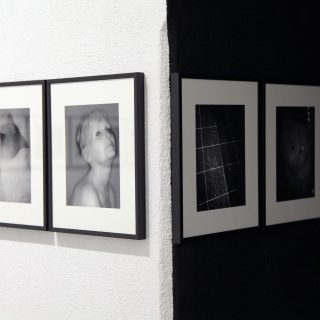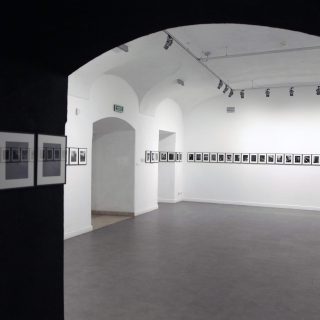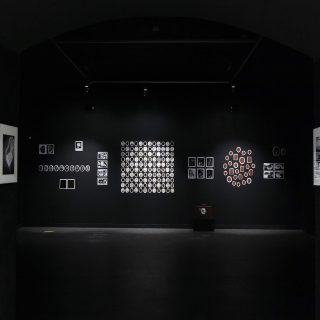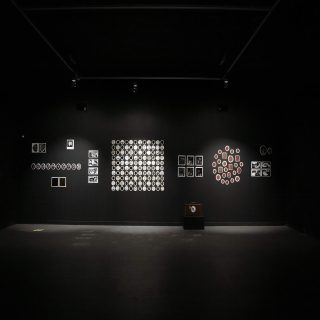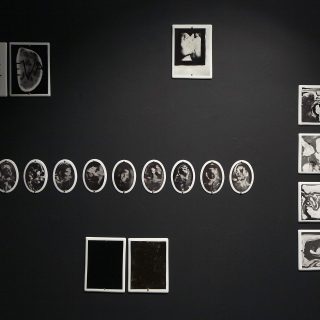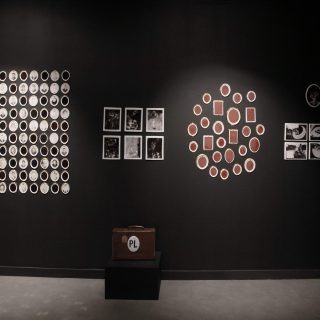PAUL SOCHACKI Untitled
Opening: 17.05.2024, opening hour: 18.00
Open until: 2.08.2024, opening hours: TUE-SAT 12.00-18.00

Paul SOCHACKI was born in 1956, in Mechelen-aan-de-Maas, Belgium. In 1978-82 he studied photography and graphic design at the Stedelijk Hoger Instituut voor Visuele Communicatie en Vormgeving in Genk. From 1984 to 2018 he taught the analysis and study of image elements at the Luca School of Arts in Genk.
The exhibition presents a wide range of his works, starting from large-format analog photographs combined with painting gestures, through photographs on porcelain and photograms, to digital photography. The exhibition includes works created from the 1980s to 2016. The theme of Sochacki’s art is nature in an inseparable bond with man, the cyclical nature of life and death, and the inevitability of transience. It raises the issue of the dualism of man and woman, light and darkness, and the moment when light generates darkness and darkness generates light.
Paul Sochacki’s first exhibition at the Biała Gallery, When Photography Turns into Painting (1989), showed the artist’s departure from the medium of photography. These were unique works. They showed enlarged shots of stones, leaves, flower petals, stems and female nudes. The photos were roughly developed and fixed with a sponge, and then painted. Although the artist used photographs, they were not, as usual, a reference to the outside world. They became autonomous images, reflecting their own reality. Each work was the result of a record of the creator’s interaction with a given figuration, also in the context of the emotional tension accompanying it. The fragility, even traces of destruction, and the transience of the photographed motifs confirm the artist’s view that a work of art as an object cannot be separated from the creative process.
Sochacki’s other works include portraits transferred to porcelain, which is then fired under a layer of glaze. It resembles portraits on tombstones. The artist redefines concepts such as time and eternity, life and death. Snapshots, like images of death, are preserved forever under protective glaze on delicate porcelain. The Human Family series consists of oval porcelain medallions. The white ones come from actual tombstones, while the black ones are artistic equivalents, anonymous and dead in their existence.
In other works, the photographic process became a metaphor for the artist’s metaphysical thinking. He chose the form of photograms, that is an exposure of paper directly in a photographic darkroom. The artist sees the blackening of paper as a form of death. In a photogram, a previously existing shape, an object, is shown in negative. Objects become signs and signs become objects.
An order from the Flemish Parliament in Brussels in 1995 to create a work for the restored building enabled the artist to create fifteen works, made in enamel on a steel plate. This technique is quite unusual and rare in art. In this case, Sochacki was inspired by a psychiatric diagnostic tool – the test of Hermann Rorschach, a Swiss psychiatrist and psychoanalyst. At the exhibition we present projects of this implementation.
In turn, the extensive Diary series was created throughout 2016 and involved daily photographing of characters, objects, nature, interiors, and details in a specific surrealistic aura. Reality lost its reality and the photographic work acquired unreality. Extremely subjective images, sublime moods as a result of extremely sophisticated manipulations are the distribution of beauty in the black and white aesthetics of digital prints.
A large representation of Sochacki’s digital photography could be seen in the Lublin gallery in 2015 at his exhibition entitled This is not the last photograph. The catalog with the same title comes from that time.
Paul Sochacki combined the instinct of existence with death, desire with nostalgia, man with nature, the external and internal world in all his art and in his 62-year experience of life. He died in 2018 in Maasmechelen.
The exhibition was created thanks to Mieke Dus, the heir to the entire artistic legacy of this creator.
___
exhibition open until: August 2, 2024 / Tuesday to Saturday from 12.00-18.00
on the Night of Museums (18/05) and the Night of Culture (1/06) open from: 18.00-22.00
EXHIBITION TRAILER:
FILM:



